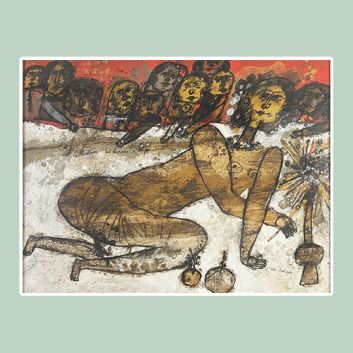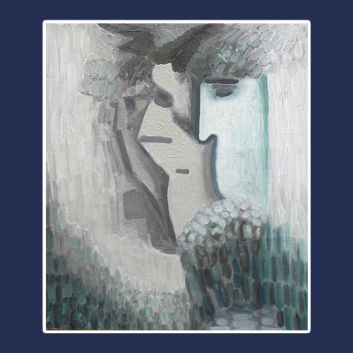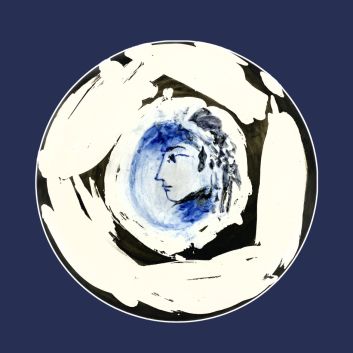Rating and value of works, prints and paintings by Jacques Villon
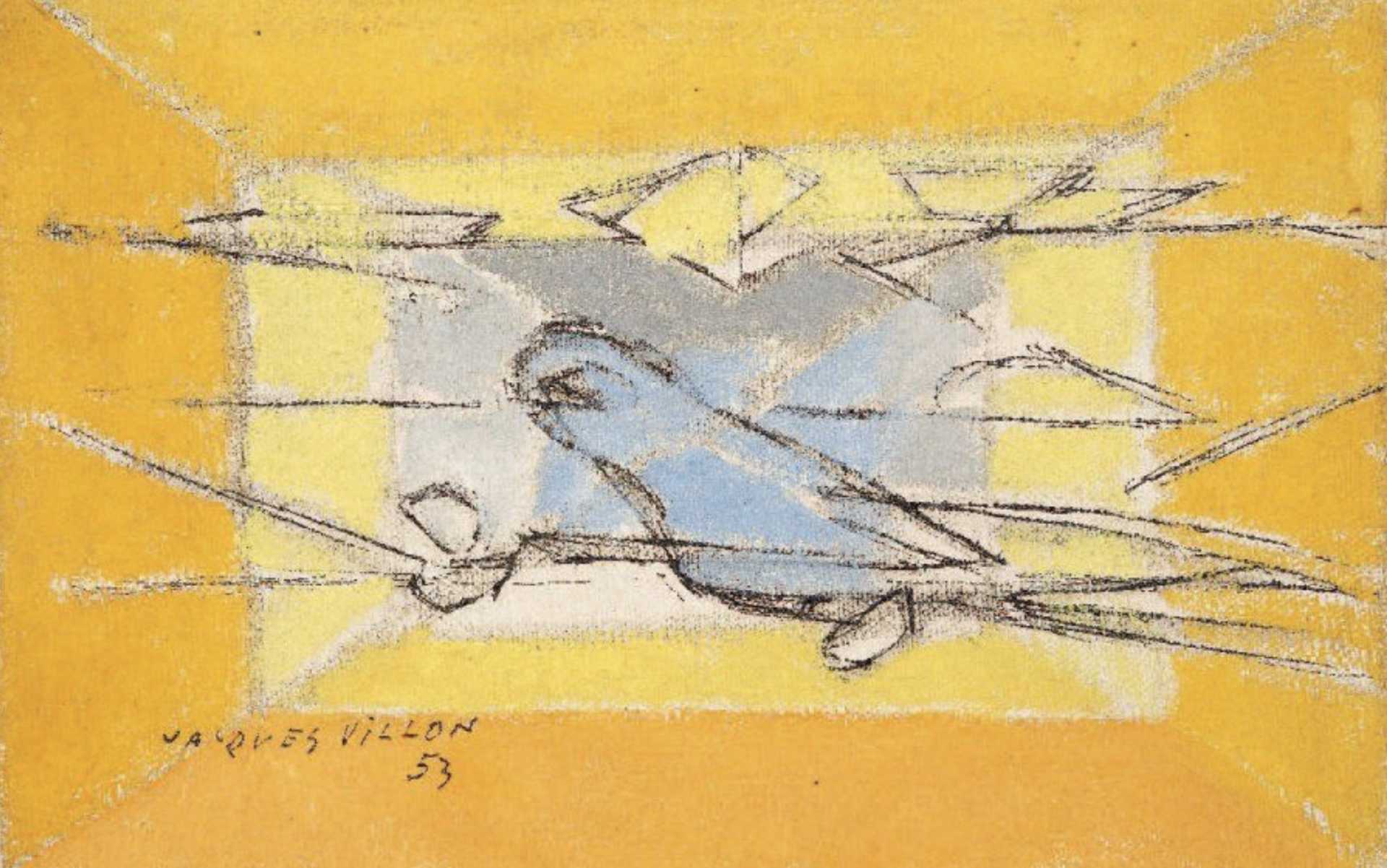
Considered one of the most important painters of his time, Jacques Villon (1875-1963) was a leading theorist of synthetic Cubism. His price fluctuates, but remains high overall on the auction market, and his works are particularly popular with collectors.
If you own a work by or based on the artist Jacques Villon and would like to know its value, our state-approved experts and auctioneers can help you. Our specialists will carry out a free appraisal of your work, and provide you with a precise estimate of its value on the current market. Then, if you wish to sell your work of art, we will guide you towards the best possible means of obtaining the best possible price.
Artist's rating and value
Jacques Villon is a versatile artist, particularly in the field of synthetic cubism, and is highly regarded on the art market. Since the 2000s, his value has exploded, making him a sure thing on the international market, and he is highly prized by both French and American buyers. Villon's most sought-after works are his cubist canvases. His predominantly red Cubist composition L'Acrobate, dating from 1913, sold for €945,000 at Sotheby's in 2004, while its estimate was between €411,000 and €575,400.
Order of value from the most basic to the most prestigious
Technique used | Results |
|---|---|
Drawing - watercolor | From €50 to €75,370 |
Print - multiple | From €5 to €175,110 |
Oil on canvas | From €30 to €945,300 |
Response in less than 24h
The artist's works and style
Villon's early career was strongly influenced by Henri de Toulouse-Lautrec. At first, he made little use of the etching technique, producing copper engravings. Later, he took part in the Fauvist movement, but was not involved in the Salle VII scandal. It was during the birth of Cubism, all the phases of which he experienced and experimented with, that Villon revealed his artistic identity and theorized the stylistic language of Cubism.
Jacques Villon or the plastic translation of cubism
Jacques Villon, whose real name was Gaston Émile Duchamp, was born in 1875 into a relatively well-off, art-oriented family. He was the eldest of a family of artists that included painter, sculptor and writer Marcel Duchamp, painter Suzanne Duchamp and sculptor Raymond Duchamp-Villon.
He first engraved etchings on small pots and pans, then on copper. His grandfather taught him several techniques, making him a cultured child open to the world. He studied law at the University of Paris, living with his brother Raymond, while frequenting Montmartre. Villon trained at the Beaux-Arts de Rouen on condition that he finished law school, and signed his name Jacques Villon to dissociate his identity as an artist from that of his brothers.
At the Beaux-Arts de Paris, he studied with Fernand Cormon, then met Toulouse-Lautrec with whom he worked for ten years, producing cinema posters and press illustrations.
While continuing to engrave, he helped organize the 1905 and 1906 Salons and took part in the Fauvist movement. He isolated himself from Montmartre and created the Section d'or, a group that included Apollinaire, Picabia, Metzinger, R. Delaunay and Fernand Léger.
In 1944, the Louis Carré gallery acquired his entire studio and devoted an exhibition to him: the start of his international success.
He created the graphic language of Cubism and made an immense contribution to the artistic progress of his century.
An exhibition of his work and that of his siblings was held in Rouen and then Paris in 1967, four years after his death in his Puteaux studio at the age of 87.
Find out more about the work of Jacques Villon
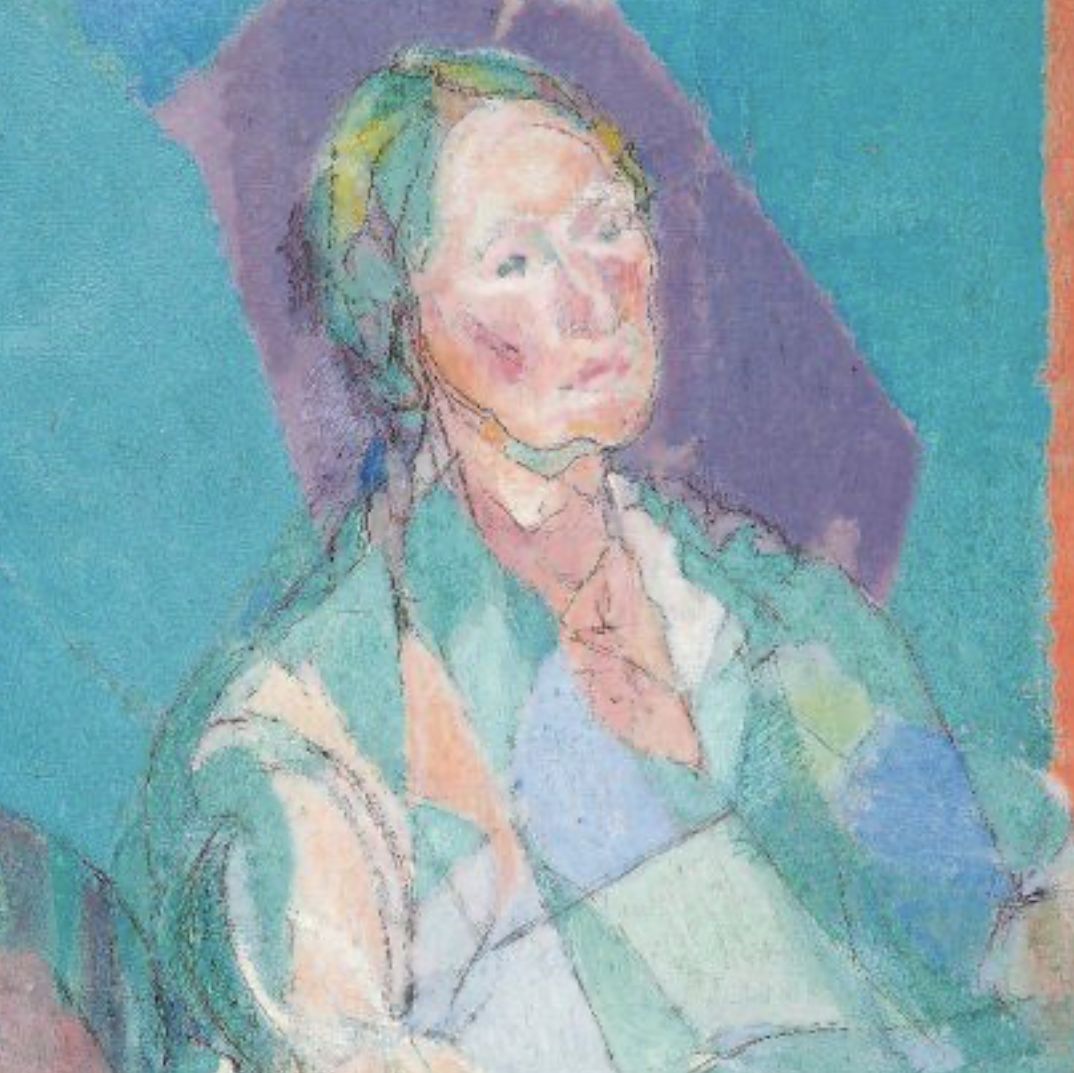
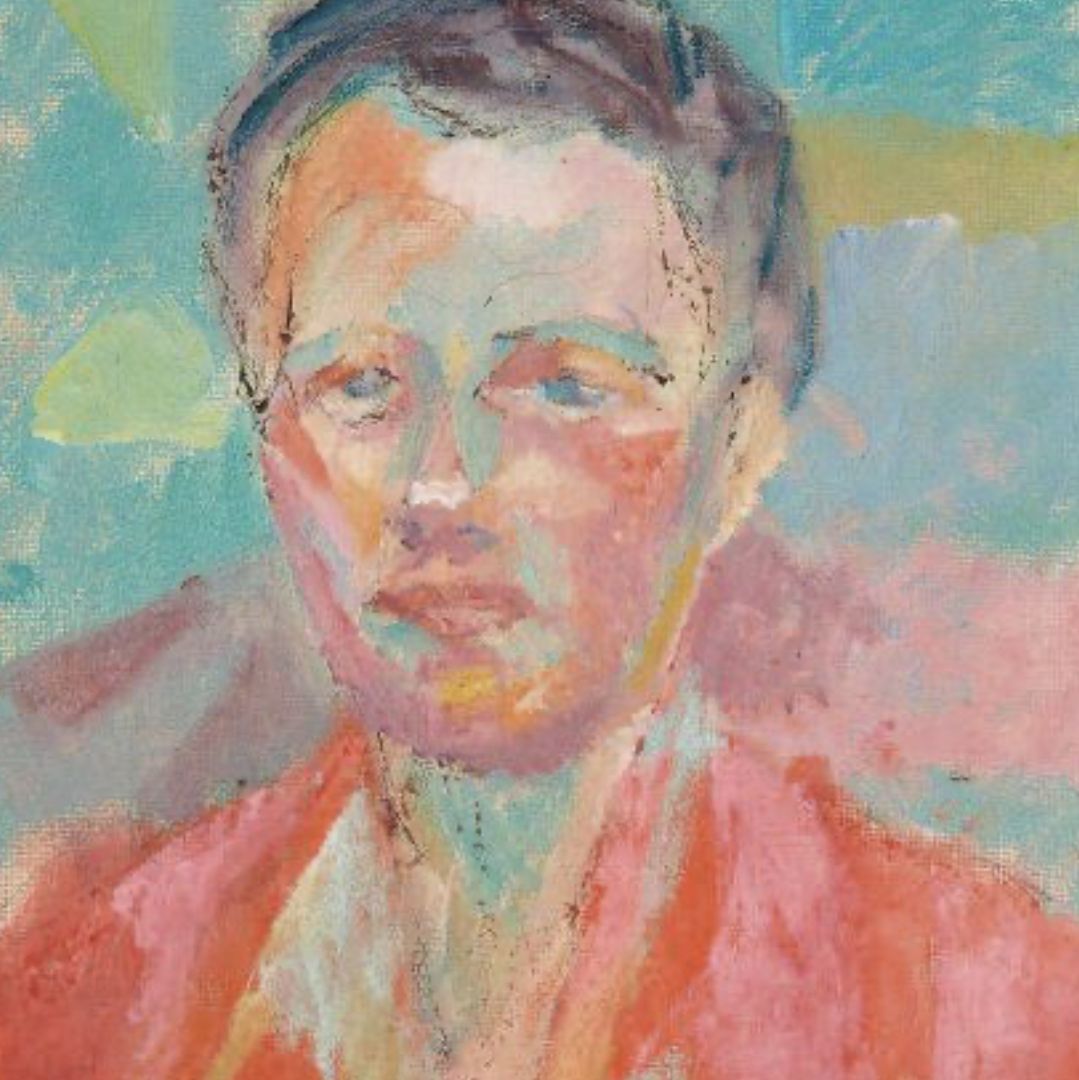
Understanding the different phases of Cubism
The second half of the 19th century saw the emergence of a new artistic movement in France, Impressionism. Many artists took part: Claude Monet was the leading figure, but another painter, Paul Cézanne, stood out.
Indeed, Cézanne produced many Impressionist canvases during his career, and is still considered one of the masters of this movement. However, he was to become a precursor of later movements. Firstly, Post-Impressionism, and secondly Cubism, two movements far from unconnected.
Post-Impressionism, which in art history is estimated to have begun in 1910, actually encompasses many different techniques and styles: symbolism, pointillism, synthetism and the Nabis group. The main purpose of this name was to mark the end of Impressionism, which critics and theorists considered to be outdated.
Although Impressionism is traditionally said to have come to an end in 1910, Cézanne actually anticipated Cubism much earlier. In his painting Gardanne, dating from 1885, it's easy to discern a challenge to the perfect representation of reality and geometric forms.
Planes and perspectives are also turned upside down and totally called into question. All these observations made by Cézanne are at the origin of Cubism.
He repeated these questions in his painting La montagne Sainte-Victoire vue de la carrière Bibemus, in 1897. His thinking had matured, the geometrical shapes were less clear-cut, and the perspectives and planes of the painting were more in question.
Nevertheless, the first phase of Cubism (Cézanne) is thought to have taken place between 1908 and 1910. It was initiated by Picasso and Braque, who built on the foundations laid by Cézanne. They wanted to give autonomy to the canvas, and stop treating two-dimensional volumes realistically.
The perceptual process then collapses; the aim is to deconstruct it in order to better reconstruct and understand it. This is known as Analytical Cubism (1910-1912). This phase is characterized above all by experimentation, which almost led Braque and Picasso to abstraction.
In the end, it was by focusing on the different levels of meaning in reality and the structure of being in the world that the third phase of Cubism was able to unfold its full interest at Bateau-Lavoir: more aesthetic, more real, more comprehensible, synthetic Cubism appealed to other artists like Juan Gris who went on to collaborate with Braque and Picasso.
Villon closely studied and experimented with all these phases, without actually instigating them. Taking an interest in another aspect of this revolution, he insisted on the line and its mechanization, as well as on the style of his works, which he wanted to be soft and calm.
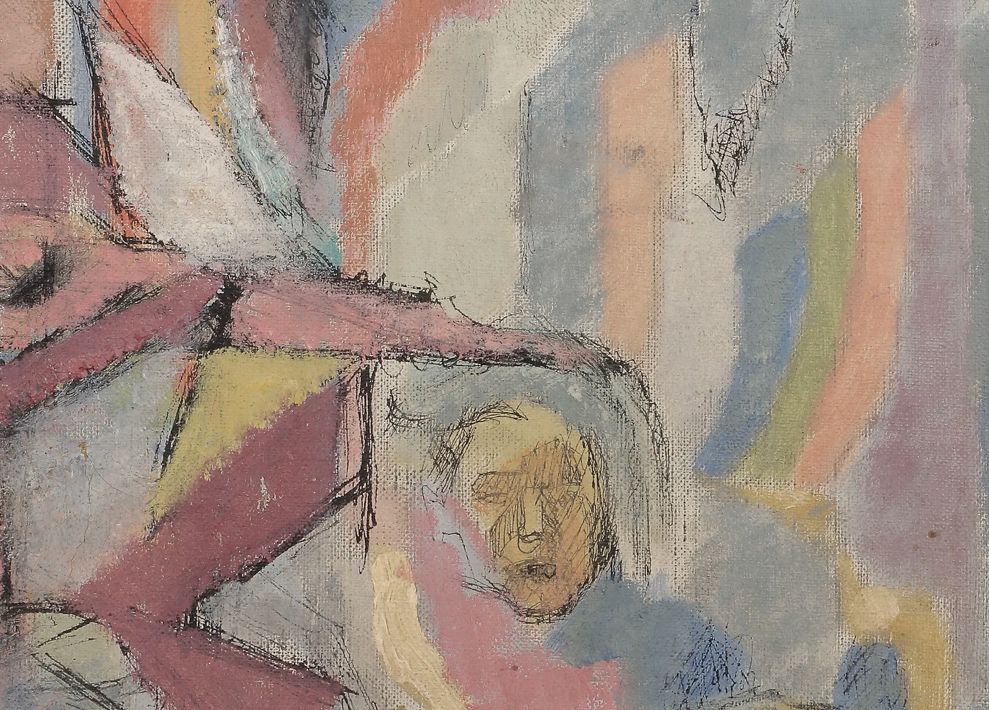
Jacques Villon's contribution to Cubism and beyond
Apollinaire, who was close to Braque and Picasso, played a fundamental role in the history of the movement, and helped Jacques Villon to carry out his research into how to go beyond cubism. Without adhering to the static, icy approach of analytical cubism (cf. Picasso, Portrait d'Ambroise Vollard), he sought the order and discipline that would allow each colored plane to come to life and find its place in the composition, convinced that he had understood how the eye integrated the material dimension of the work.
He breaks down and recomposes the visual structure of his supports by organizing them into pyramids, four in all: two diagonals connected at the corners allow the subject to take shape.
His approach is rigorous and Cartesian, steeped in the scientific and neurochemical advances of his time, leaving absolutely nothing to chance.
"What appealed to me about Cubism was the quest for creation, the discipline that led to a deliberate, orderly painting, where there was no room for chance". - Jacques Villon
In short, Jacques Villon's ambition was to translate movement plastically, by breaking down the surface into colored planes. His relentless use of circles and chromatic charts created a graphic language that led to the mechanization of line, something no other cubist had really sought before him.
Far less famous than Juan Gris, Georges Braque and Pablo Picasso, many artists followed in his footsteps: Maurice Estève, Jean Bazaine, Léon Gischia, Alfred Manessier... On his death, Jean Cassou emphasized his crucial role in the foundation and influence of the cubist movement in the history of art.
Although little used in the Cubist repertoire, religious iconography was to play an important role in Jacques Villon's work. In addition to the stained-glass windows he created for Metz Cathedral, which drew on all his scientific and pictorial theories, the artist used this repertoire on numerous occasions in paintings and engravings.
His signature
Not all of Jacques Villon's works are signed. What's more, there are many copies: that's why expertise is so important.
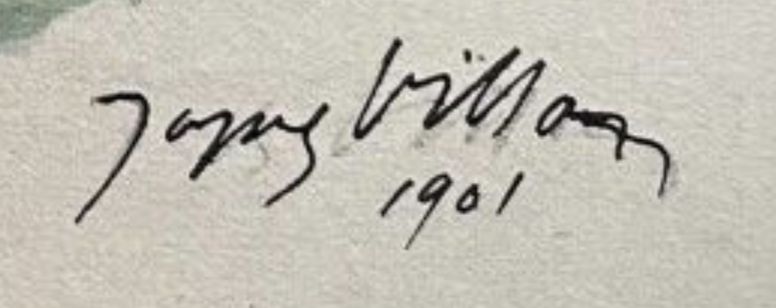
Appraising your property
If you own a work by Jacques Villon, we invite you to request a free appraisal by filling in our online form. A member of our team of experts and certified auctioneers will contact you to provide an estimate of the market value of your work.
If you are considering selling your work, our specialists will also guide you through the various alternatives available to obtain the best possible price, taking into account market trends and the specific features of each work.
Response in less than 24h
Related topics
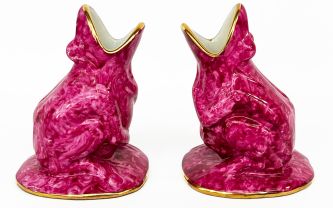
The value and rating of Édouard Marcel Sandoz
Édouard Marcel Sandoz, a great sculptor of the 20th century, brought new life to porcelain and bronze. Estimate in less than 24h
Read more >

Rating and value of works, drawings, paintings by Raoul Dufy
Raoul Dufy is a twentieth-century Fauvist painter and draughtsman who produced drawings and oils on canvas that are quoted on the auction market.
Read more >
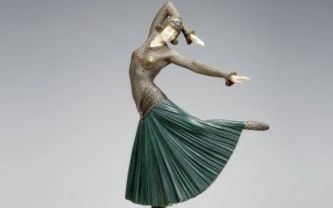
Cote et valeur 2024 des sculptures, bronzes, peintures de De...
Demetre Chiparus is a twentieth-century Art Deco sculptor whose works are highly prized at auction.
Read more >
Secure site, anonymity preserved
State-approved auctioneer and expert
Free, certified estimates
